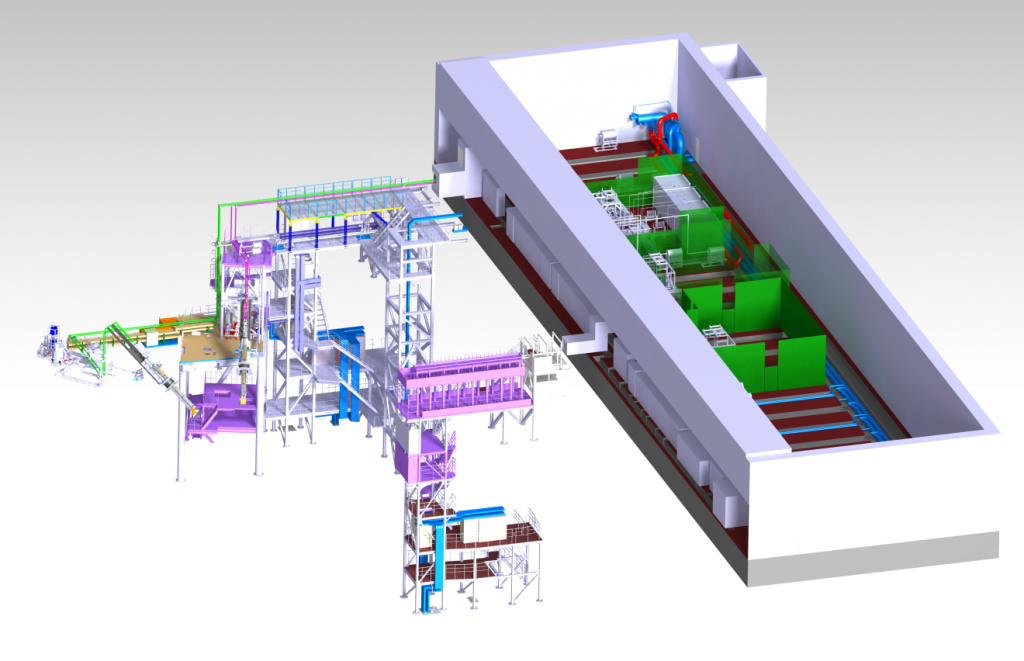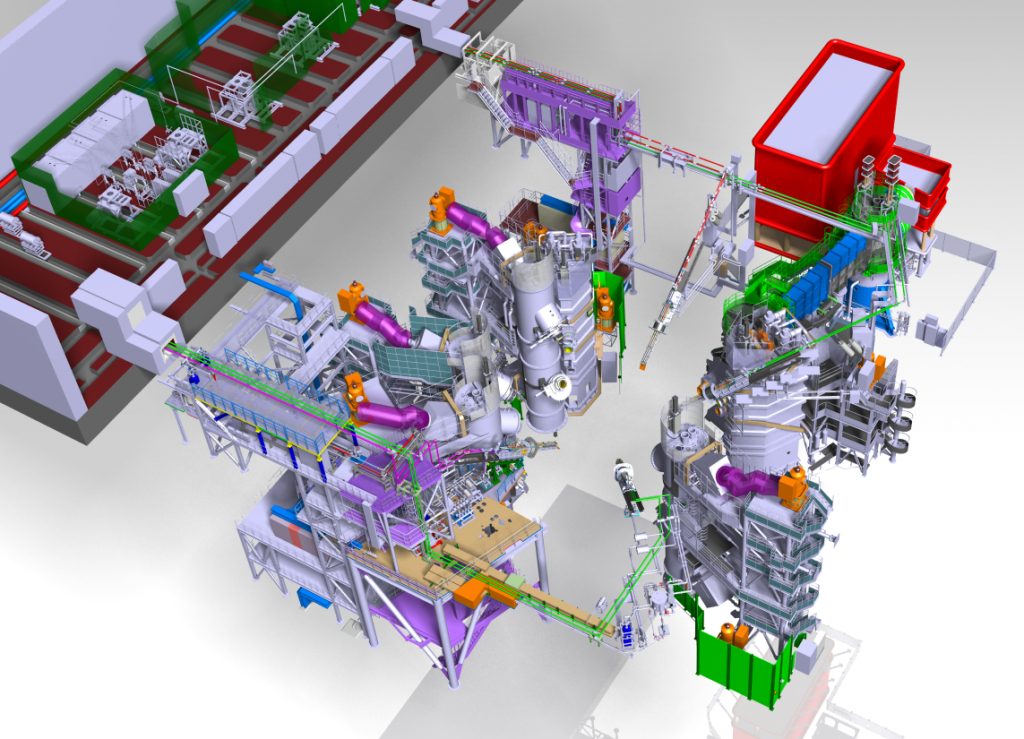Auxiliary Plant – Heating
JT-60SA will use up to 34 MW of neutral beam (NB) heating and up to 7 MW of electron cyclotron range of frequency (ECRF) heating systems. The upgraded NBI system (below) for JT-60SA consists of twelve positive-ion-based NBI (P-NBI) units and one negative-ion-based NBI (N-NBI) unit. The P-NBI units control deposition profile and plasma rotation. The P-NBI system has been modified from that of JT-60U in order to extend the pulse duration from 10s to 100s keeping the same injection power. High power N-NBI is also required to provide sufficient NB current drive capability for high beta steady-state (full non-inductively driven) plasma development.
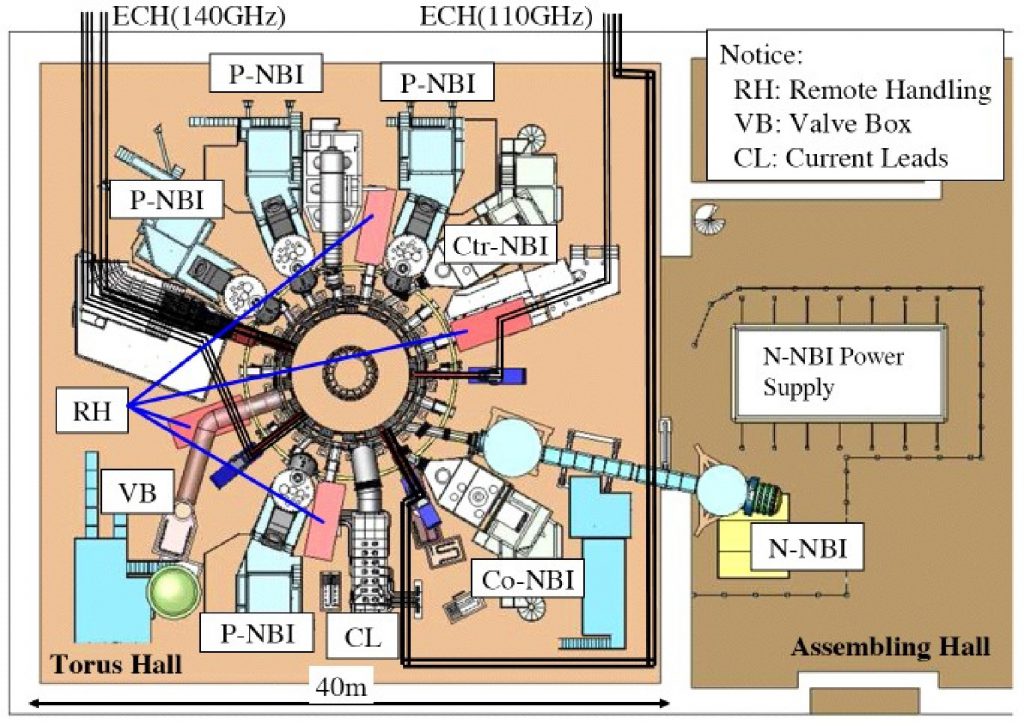
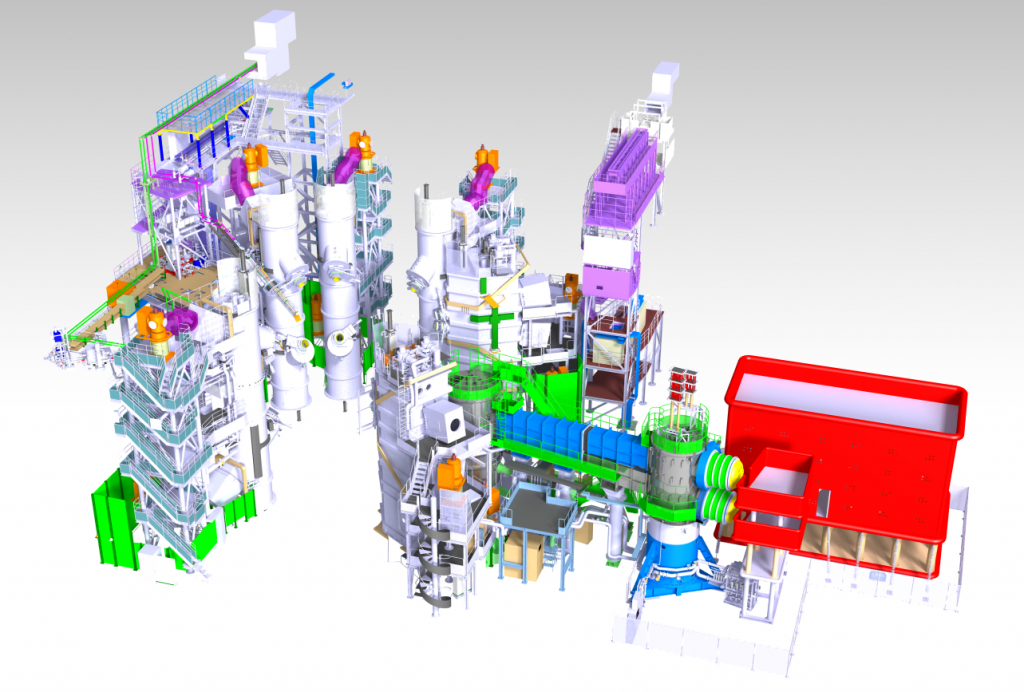
High power N-NBI also contributes to heating of the central region in high density plasmas with a dominant electron heating fraction, which is relevant to ITER and DEMO plasmas heated by alpha particles. The beam line of the co-tangential N-NBI unit is offset downward from the equatorial plane by ~0.6 m to drive off-axis plasma current, and hence to produce reversed shear with a high bootstrap current fraction.
The main modification from JT-60U has been the upgrade of the power supply system and magnetic shield system for suppressing the stray magnetic field in the beam line from the JT-60SA tokamak. In addition, the negative ion source has been modified to improve performance such as the negative ion production and acceleration.
The ECRF system (shown below) generates or sustains high performance plasmas, provides assistance to plasma start-up and cleaning of the first wall of the vacuum vessel.
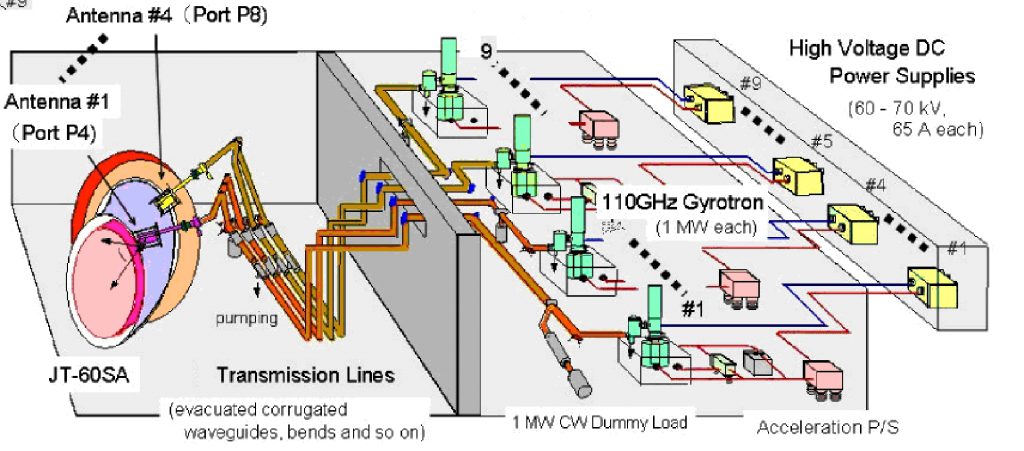
In the integrated commissioning phase, the system is composed of two gyrotrons, two transmission lines and one launcher injecting two RF beams. One of two gyrotrons is a newly developed multi-frequency gyrotron, which oscillates two frequencies of 110 GHz and 138 GHz with 1 MW/100 s for long-pulse heating by 2nd harmonics EC resonance that is much longer than the 5 s required in JT-60U (available pulse length in the commissioning phase is limited up to 5 s by the use of existing power supply). In addition, the gyrotron has a capability of 82 GHz/1 MW/1 s operation, which enables efficient plasma start-up and wall cleaning by a fundamental EC resonance. The other 110GHz, 1MW gyrotron used on JT-60U runs with the multi-frequency gyrotron up to 5 s.
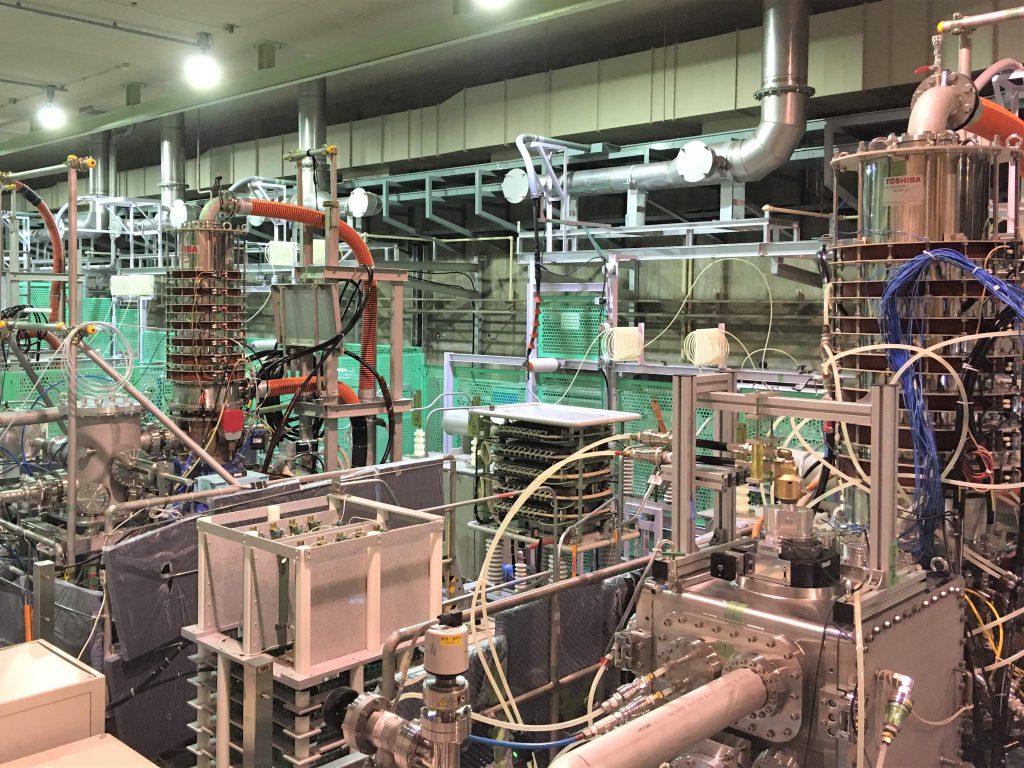
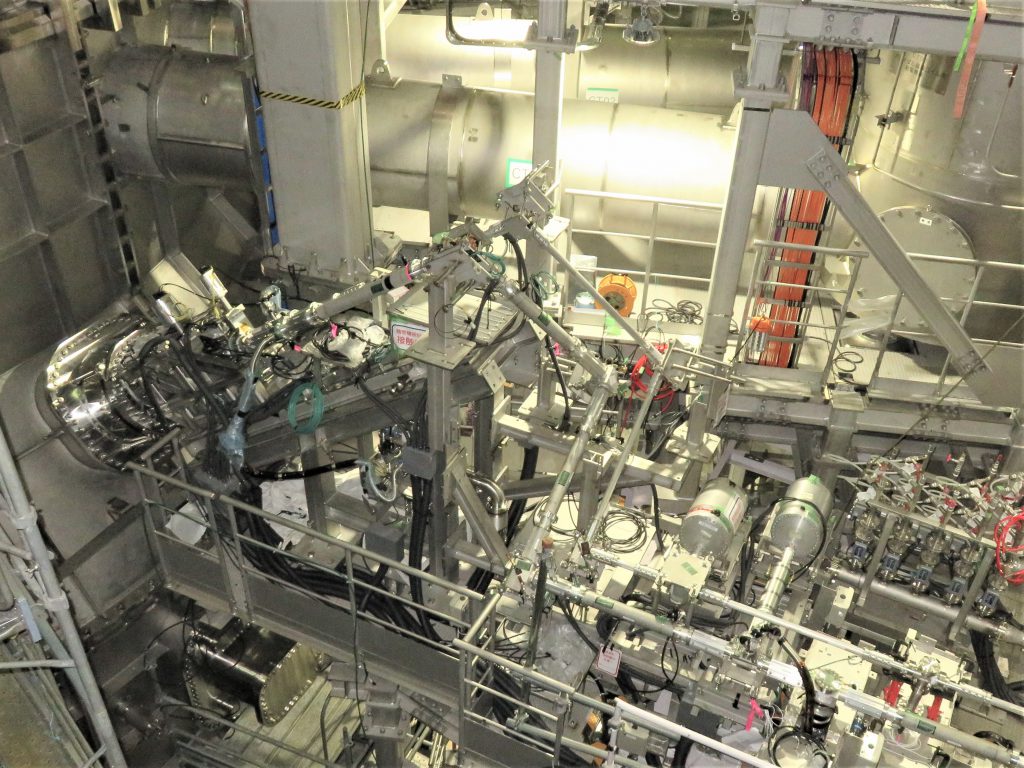
In the initial research phase, JA will prepare two multi-frequency 1MW/100s gyrotrons operated with the power supplies provided by EU and another 2 sets of 110 GHz/1 MW/5 s gyrotron used on JT-60U. In addition, four sets of transmission lines and two launchers injecting four RF beams into plasma will be provided by EU and JA, respectively. These 4 units will then be upgraded to nine in the integrated research phase and all gyrotrons will be capable of multi-frequency/1 MW/100 s.
